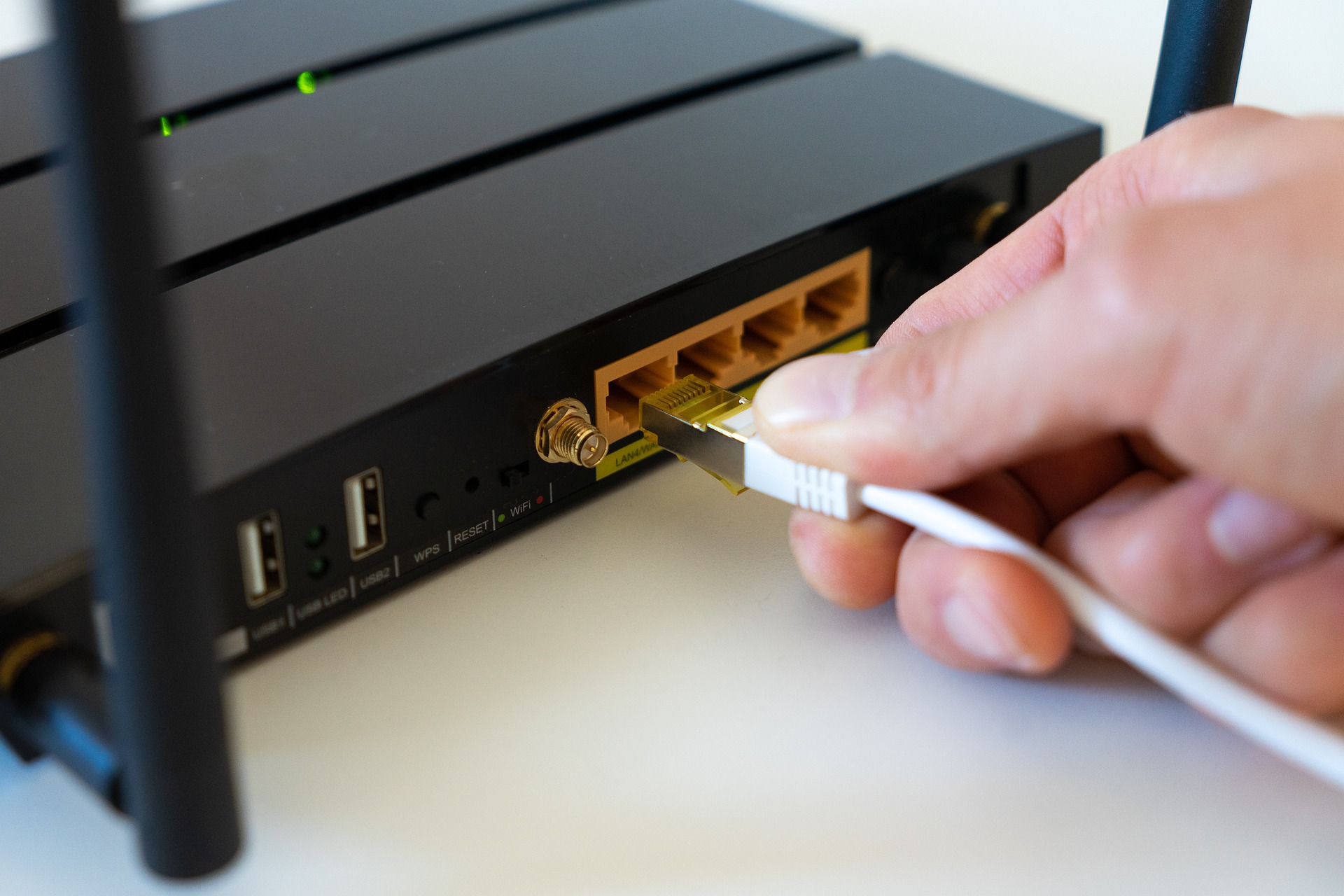Adaptive Connectivity in Smart Cities
In a world where urban areas are increasingly becoming the epicenters of technological innovation, the concept of smart cities emerges as a beacon of modern connectivity solutions. How are these cities adapting to meet the demands of a growing population while ensuring sustainable and efficient living? This article delves into how adaptive connectivity is transforming urban landscapes.
Historical Context and Technological Evolution
The journey to smart cities began with the rise of the internet and the proliferation of mobile devices in the late 20th century. Initially, connectivity was about providing basic internet access. However, as cities expanded, the need for more sophisticated solutions became apparent. The introduction of broadband catalyzed this shift, enabling high-speed internet access. Today, smart cities leverage adaptive connectivity, which involves real-time data analysis and responsive systems to optimize resources and improve quality of life.
Current Trends in Smart City Connectivity
Today’s smart cities are characterized by their ability to integrate various technologies to create a seamless living experience. Adaptive traffic management systems, for instance, are reducing congestion by analyzing traffic patterns in real-time and adjusting signals accordingly. Similarly, smart grids are enhancing energy efficiency by dynamically distributing electricity based on current demand. The rise of cloud computing and big data analytics allows cities to process vast amounts of information, ensuring that urban planning and resource allocation are more precise and effective.
Regulatory Changes and Expert Insights
As smart cities evolve, regulatory frameworks are adapting to ensure that technological advancements align with public interests. Data privacy and security remain top priorities, with governments implementing stringent regulations to protect citizens’ information. Experts emphasize the importance of developing standardized protocols to facilitate the integration of diverse technologies. This ensures that as cities adopt new solutions, they do so in a manner that is both secure and conducive to long-term growth.
Impact, Challenges, and Applications
Adaptive connectivity in smart cities brings numerous benefits, including improved public safety, enhanced transportation systems, and better resource management. However, challenges such as infrastructure costs, technological interoperability, and cybersecurity risks persist. Cities are addressing these challenges through public-private partnerships, which foster innovation and share financial burdens. Practical applications of adaptive connectivity range from automated waste management systems to advanced telemedicine services, demonstrating its versatility and potential in transforming urban life.
Future Outlook: A Connected Urban Landscape
Looking ahead, the future of smart cities lies in their ability to continuously adapt and evolve. As technologies like artificial intelligence and machine learning become more integrated into urban systems, cities will become more intuitive and responsive to the needs of their inhabitants. The focus will increasingly shift towards sustainability, with adaptive connectivity playing a crucial role in reducing environmental impact and promoting greener urban living. The journey towards fully realized smart cities is ongoing, but the foundation of adaptive connectivity ensures a promising path forward.
By embracing adaptive connectivity, cities not only enhance their operational efficiency but also improve the quality of life for their residents. As urban areas continue to grow, the importance of developing smart, connected cities becomes ever more critical, making this an exciting time for innovation in the field of telecommunications and connectivity.





